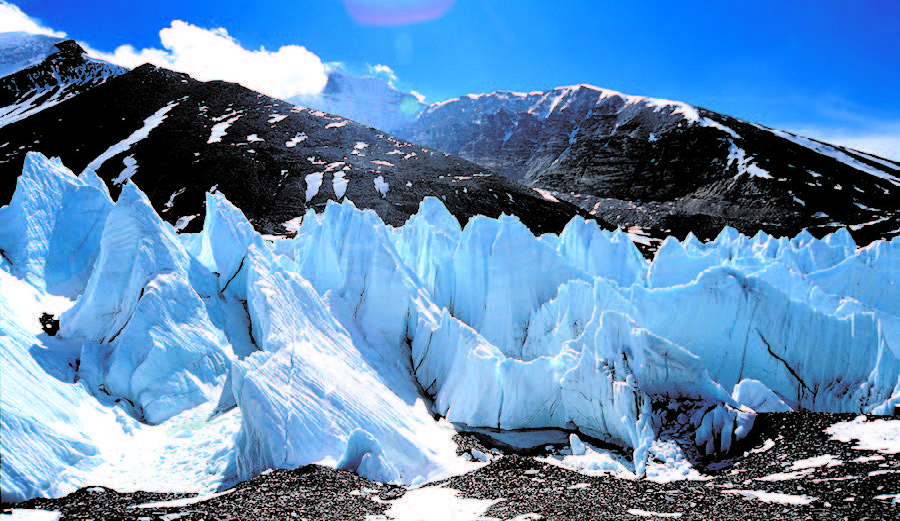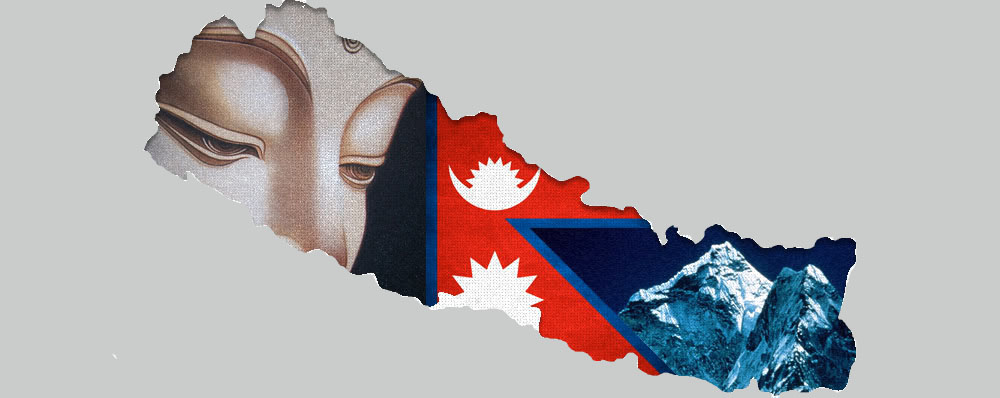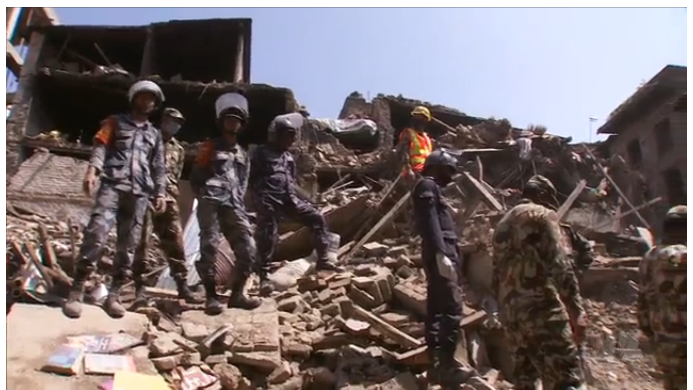
KATHMANDU(TIP) : Glaciers in Nepal‘s Everest region could shrink at least 70% or even disappear entirely by the end of the century as a result of climate change, scientists warned.
Researchers in Nepal, the Netherlands and France came to the conclusion after studying studied weather patterns on the roof of the world and then created a model of conditions on Everest to determine the future impact of rising temperatures on % its glaciers.
“The worst-case scenario shows a 99% loss in glacial mass… but even if we start to slow down emissions somewhat, we may still see a 70% reduction,” said Joseph Shea, who led the study. Shea was also part of a team that published a major study research team last year, using who used satellite imagery to show how Nepal’s glaciers had already shrunk by nearly a quarter between 1977 and 2010.
But The latest study, published Wednesday in international scientific journal in The Cryosphere, paints a grim picture of the impact of climate change on the world’s highest peak by 2100. “Once we had tested our model and got the weather patterns right, we increased temperatures according to different emission scenarios for a look at future scenarios,” Shea said.
Shea, a glacier hydrologist at the Kathmandu-based International Centre for Integrated Mountain Development, said melting glaciers could form deep lakes which could burst and flood mountain communities living downstream. The centre is considered by experts to be the leading authority on glaciers in the Himalayas.
The impoverished Himalayan nation was devastated this month by two major earthquakes. The first tremor also triggered an avalanche which killed 18 people on the 8,848-metre (29,035-foot) high peak.
Shea said shrinking glaciers could Besides it would also affect water supplies in the Everest region, with lower volumes of snowmelt flowing into the Dudh Kosi river, which provides water for Nepalis downstream, Shea warned. “The decline during the pre-monsoon period will probably have an impact on any future hydropower projects due to lack of because there wont be enough rainwater to meet power needs,” he added.
Glacial loss in Nepal raises concerns over future access to water resources, particularly in regions where groundwater is limited and monsoon rains are erratic.The IPCC, a group of scientists convened by the United Nations to warn governments around the world about the effects of climate change, was forced to apologise in 2009 for claiming that the Himalayan glaciers would melt by 2035.





Be the first to comment